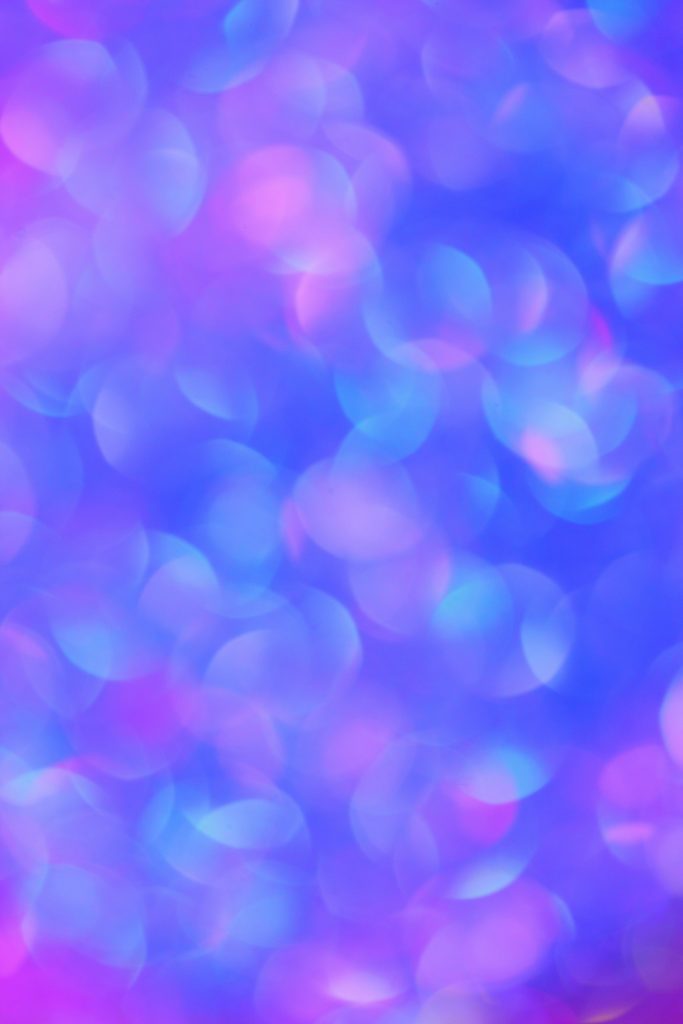
Guide to using Ketamine
Here we will explore everything you need to get you started, with more detailed information below. Safety Ketamine is extremely

Psychedelics are plants or substances that alters one’s state of consciousness perception, mood, and cognitive processes, leading to a different sense of reality. They are known for their ability to induce hallucinations, sensory distortions, and changes in thought patterns.
While auditory or visual hallucinations are the most noticeable differences, there are other variables as well. Psychedelics have the power to alter our internal worldview, resulting in feelings of self-reflection and ego dissolution.
The psychedelic experience is often described as a profound and mystical journey that can have a profound impact on an individual’s life.
Humphry Osmond, a British psychiatrist, first used the term in 1956. The Greek words psyche, which means soul or mind, and delien, which means “to manifest,” are the source of the word “psychedelic.” Consequently, the word basically means “soul manifesting” or “mind-manifesting.” Other terms have been proposed, but none have gained the same traction as “psychedelic.”
How do Psychedelics Work?
Psychedelics work by interacting with serotonin receptors in the brain, specifically the 5-HT2A receptors. This interaction leads to an increase in serotonin levels, which in turn affects various brain functions such as mood, perception, and cognition. The exact mechanisms by which psychedelics produce their effects are still not fully understood, but research suggests that they can help to promote neural plasticity and increase communication between different regions of the brain.
What Are The Most Common Psychedelics?
Some of the most popular psychedelics include LSD (lysergic acid diethylamide), psilocybin (magic mushrooms), DMT (dimethyltryptamine), and mescaline (peyote). These substances have been used for centuries in traditional cultural and spiritual practices, and have recently gained popularity for their potential therapeutic benefits in treating mental health disorders such as depression, anxiety, and PTSD.
What are research chemicals?
Research chemicals are synthetic substances that are similar in structure to known psychedelics but have not been well-studied in terms of their pharmacology and safety profile. These compounds are often developed by underground chemists and typically share a resemblance to drugs such as psilocybin and mescaline.
Examples of popular research chemicals include 1P-LSD, 4-HO-MET, and AL-LAD.
What are designer drugs?
Designer drugs are substances that are created in a laboratory to mimic the effects of illegal drugs such as MDMA (ecstasy). These compounds are often marketed as legal highs and sold under various street names.
In summary, psychedelics are a class of drugs that alter perception, mood, and cognition by interacting with serotonin receptors in the brain. Some of the most popular psychedelics include LSD, psilocybin, and DMT. Research chemicals and designer drugs are synthetic substances that have similar effects to traditional psychedelics but have not been well-studied.

Here we will explore everything you need to get you started, with more detailed information below. Safety Ketamine is extremely

Who was Dr Alexander “Sasha” Shulgin? Known as the “Godfather of MDMA,” Shulgin was a renowned chemist and pharmacologist who

Canadian psychedelic and research chemical company providing the highest quality psychedelic medicines.
All our products are tested by a third party laboratory to ensure purity and no contaminants.
Sign up to be notified of exclusive offers and get 15% off your next order.
We only ship within Canada.
Sign up to be notified of exclusive offers and get 15% off your next order.

Canadian psychedelic and research chemical company providing the highest quality psychedelic medicines.
All our products are tested by a third party laboratory to ensure purity and no contaminants.
We only ship within Canada.